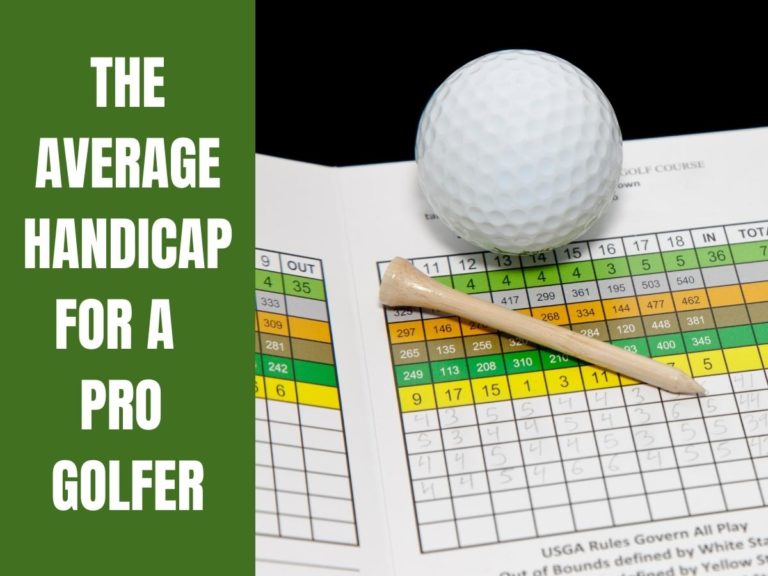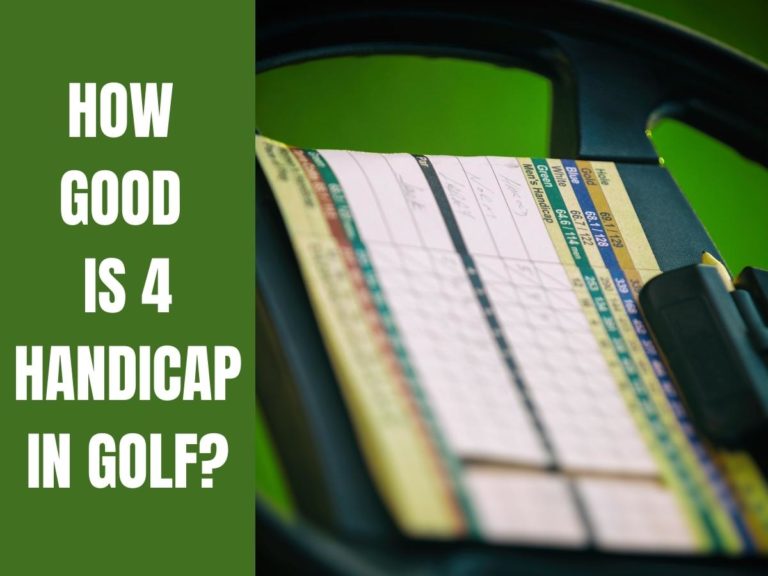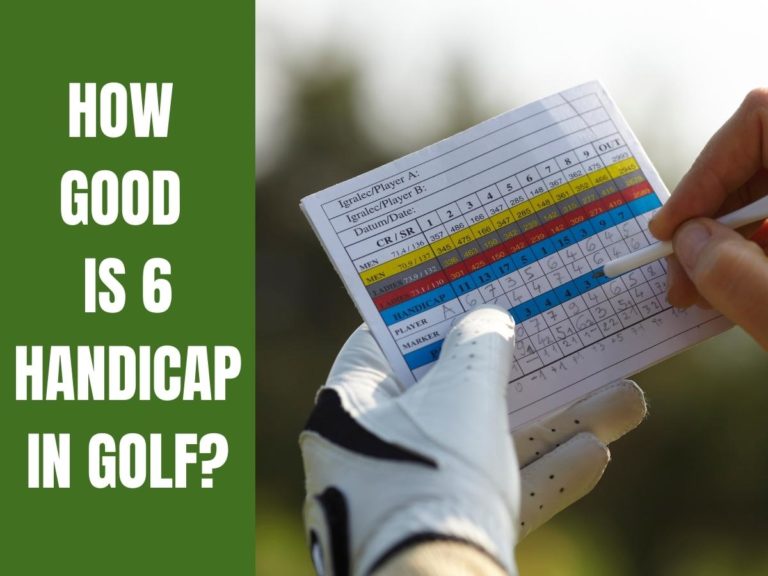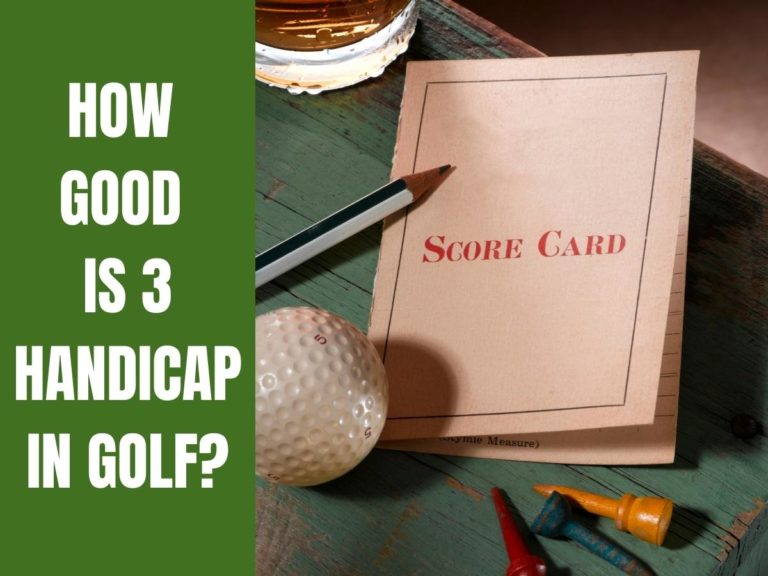What Is Smash Factor In Golf?
The introduction of radar technology in golf spawned a new generation of metrics. These devices could see swing paths, attack and launch angles, and measure clubhead speed and ball speed far more accurately than before. But what exactly is the smash factor in golf?
The smash factor in golf measures energy transfer efficiency from the clubface to the ball and is also known as the efficiency ratio. This ratio is calculated by dividing the ball speed off the clubface by the clubhead speed at impact to arrive at a figure between 1.20 and 1.5.
Smash factor is one of the measurements that golf coaches and club fitters use to see whether the player is swinging correctly, how much swing speed they are generating, and how precisely they can make contact with the club’s sweet spot on impact.
But there is more to smash factor than just numbers. So, if you want to know all about the smash factor in golf, you’ve come to the right place. Let’s dive in!

Why Is Smash Factor An Important Metric?
In essence, the smash factor will tell you how effective and consistent your ball striking is, and if you want to play good golf, this is an essential element necessary to achieve that.
It’s great if you can swing at 130mph, but if your clubface is all over the place at contact, you are simply going to hit it far into trouble, and your direction and consistency will be way off.
For golf coaches, the smash factor indicates the quality of the player’s swing mechanics and how well they can consistently square the clubface at contact and achieve optimum shot results.
For golf club fitters, the smash factor allows them to adjust elements in the club or even change the club to find the right combination of the clubhead, shaft, and grip for the swing in question.
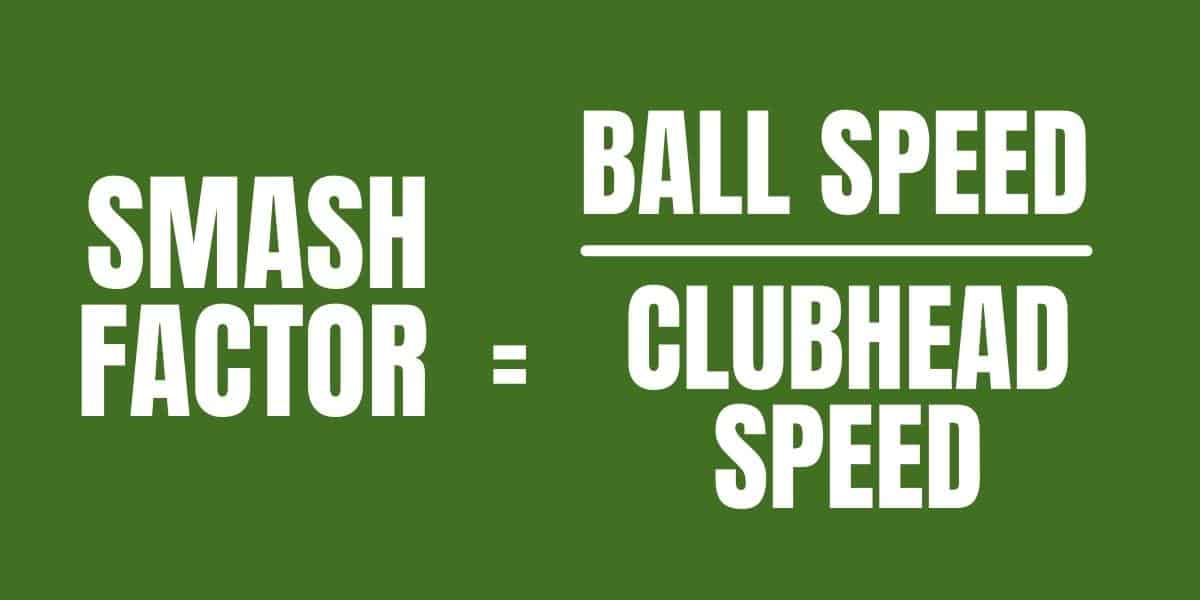
What Is The Optimum Smash Factor In Golf?
The smash factor varies according to the golf club being used, so for a driver, the optimum smash factor is 1.5, and this would equate to a ball speed of 150mph with a clubhead speed of 100mph.
This is where most of the pros sit, and scratch or single handicap players would typically have a smash factor of around 1.45 to1.49 indicating efficient energy transfer and consistent sweet spot contact.
For a wedge, the smash factor would be around the 1.25 mark. For a 7-iron, it would be between 1.3 and 1.4 – so this metric varies according to the type of club being used.
As more driver manufacturers allow more forgiveness in their club heads, it may improve the smash factor for average players, but is this the most important aspect?
Why Smash Factor Is Not The Ultimate Standard For Ball Striking
There is no doubt that the smash factor does have an input on the overall swing and striking quality, but it is not the sole consideration by any means.
For one, measuring clubhead speed can be tricky as different parts of the clubface are moving at different speeds at impact.
The toe of the club being further out is moving faster than the middle and heel of the club, as more centrifugal force is applied to the toe than to the center and heel. This can offset smash factor measurements and provide an unrealistic result.
For example, if you have a driver clubhead speed of 100mph, a ball speed of 150mph, and a carry of 290 yards, the smash factor is 1.5. But, if you have a driver clubhead speed of 110mph and a ball speed of 144mph, that’s a smash factor of 1.44, but the distance is 300 yards – which one is better?
Of course, the longer distance is where the focus on club fitting and coaching lies. When it comes to distance in golf, ball speed off the clubface is the key. If that same golfer could improve the sweet spot contact with the same swing speed, they will hit it longer.
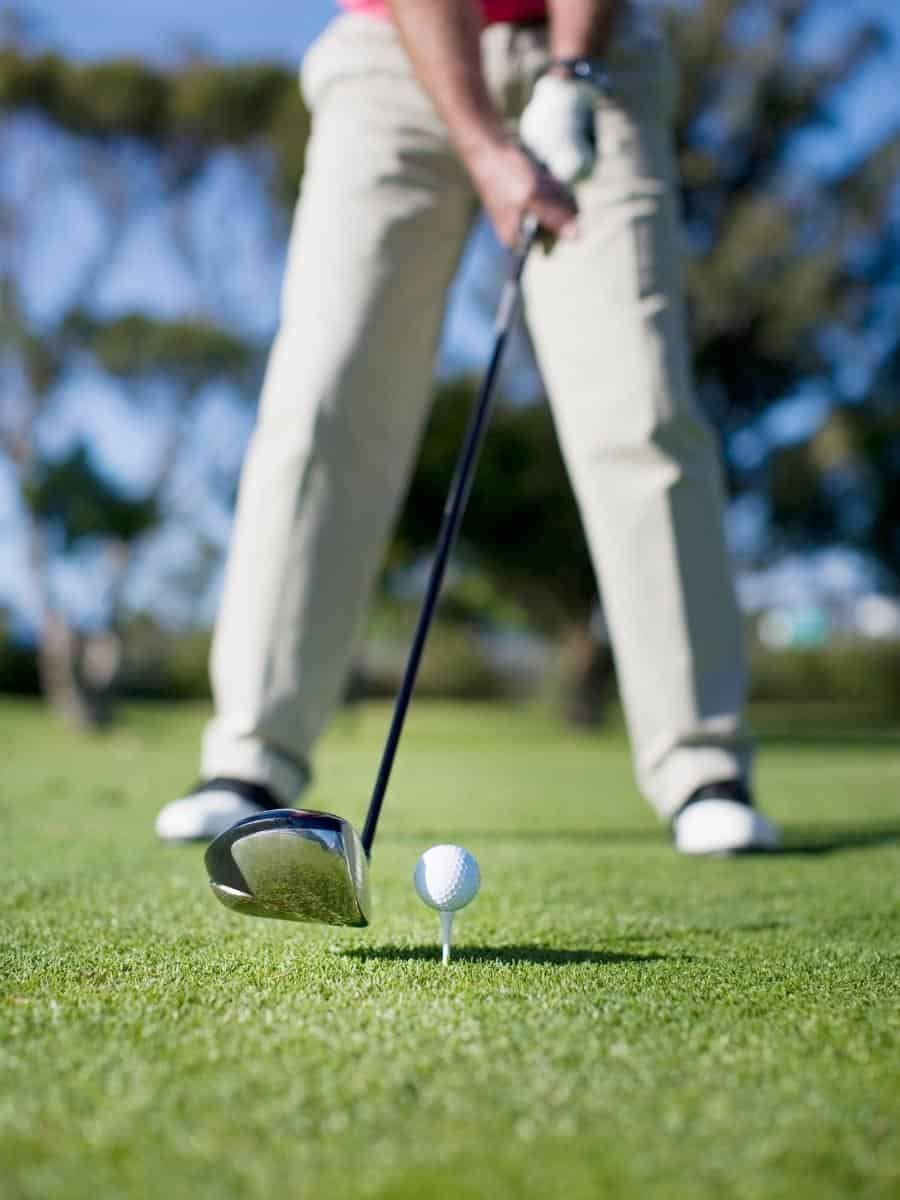
What Should You Look At With Your Swing And Shot Metrics
When improving your golf game, don’t focus on your smash factor but rather look at the other aspects of your golf swing.
- Drivers: With a driver, you should consider optimizing your launch dynamics like the angle and ball speed while concentrating on dispersion reduction and eliminating unnecessary bend in the shots.
- Irons: For your irons, you would focus on the carry distances, landing angles, shot dispersion data, and the peak height measurements, as this would give you greater insight into where the swing is working and where it can be improved.
These measurements provide deeper insight into the quality and consistency of the golf swing. While the smash factor does have a say in this, it certainly won’t tell you everything about your swing proficiency.
How To Improve Your Swing Using Smash Factor Data
Understanding what turns swing speed into ball speed is where the smash factor data can become very useful as its data shows the efficiency of how well the clubface transfers that swing speed energy into the golf ball.
The quality of the strike on the clubface is a key factor in achieving both distance and accuracy, and hitting the golf ball from the sweet spot consistently will get you a higher smash factor.
To achieve this, you need to have a consistent swing plane so that the club is moving vertically or laterally during the swing. So even if you can swing at Bryson DeChambeau’s speed, having an erratic swing plane will work against you.
Using the smash factor measurements on your radar shot tracker will give you solid insight into how well you can deliver the sweet spot to the back of the golf ball, indicating the quality and consistency of your swing speed and swing plane.
Bringing this data to your golf coach or assessing it during a fitting or coaching session is valuable and will improve your game. Still, it should be a part of a greater data set and not the sole metric for personal development.

Final Thoughts
Your smash factor will undoubtedly improve by improving your golf swing mechanics and achieving consistency in swing plane and sweet spot contact. But on the golf course, the distance and direction matter more, and this relates to ball speed and clubface position at impact.
Incorporating the smash factor in your training will yield benefits. Still, the ultimate measure of your swing quality is the shape and flight of the golf ball, which comes from master ball-striker Ben Hogan – it would have been interesting to see what his smash factor would have been!

